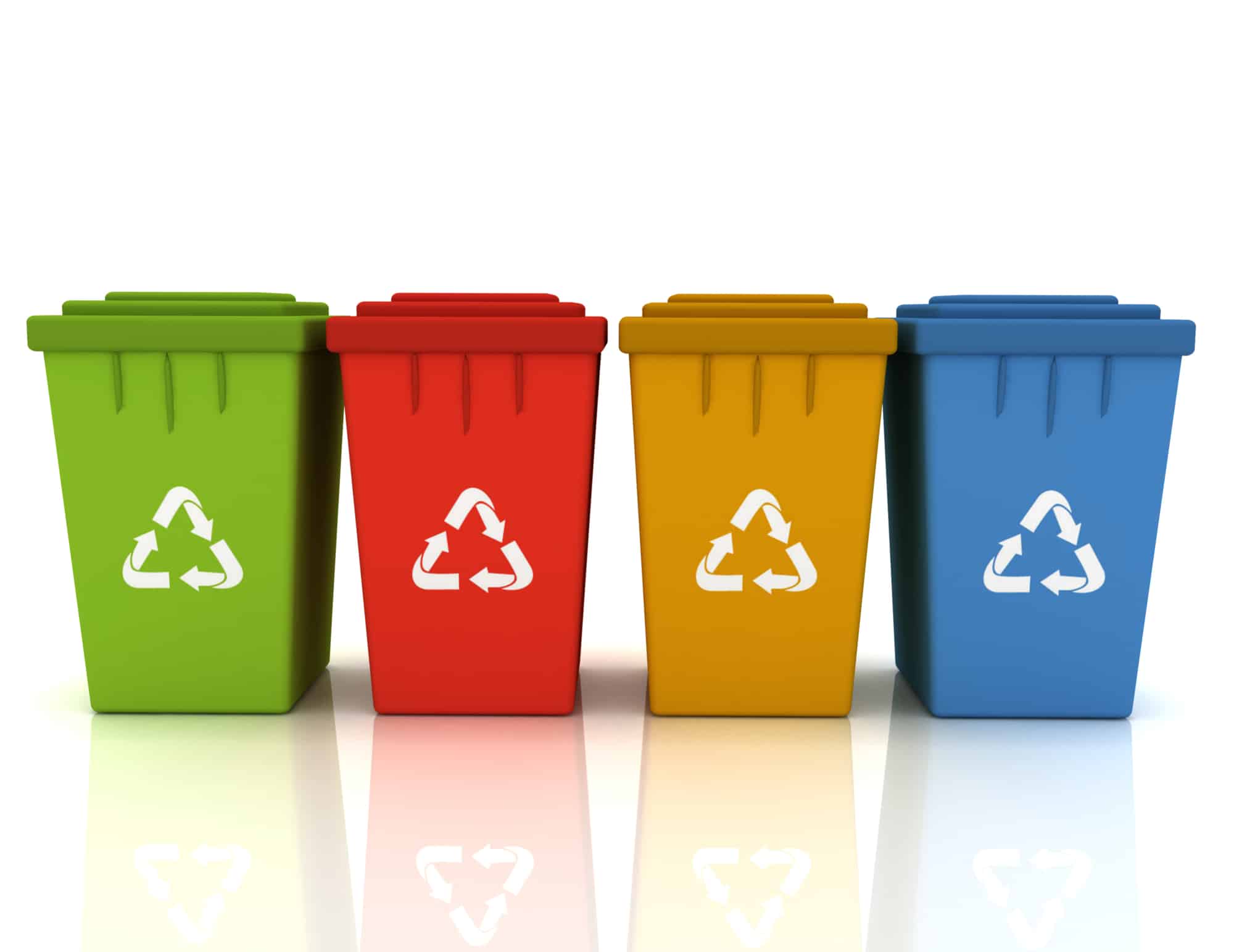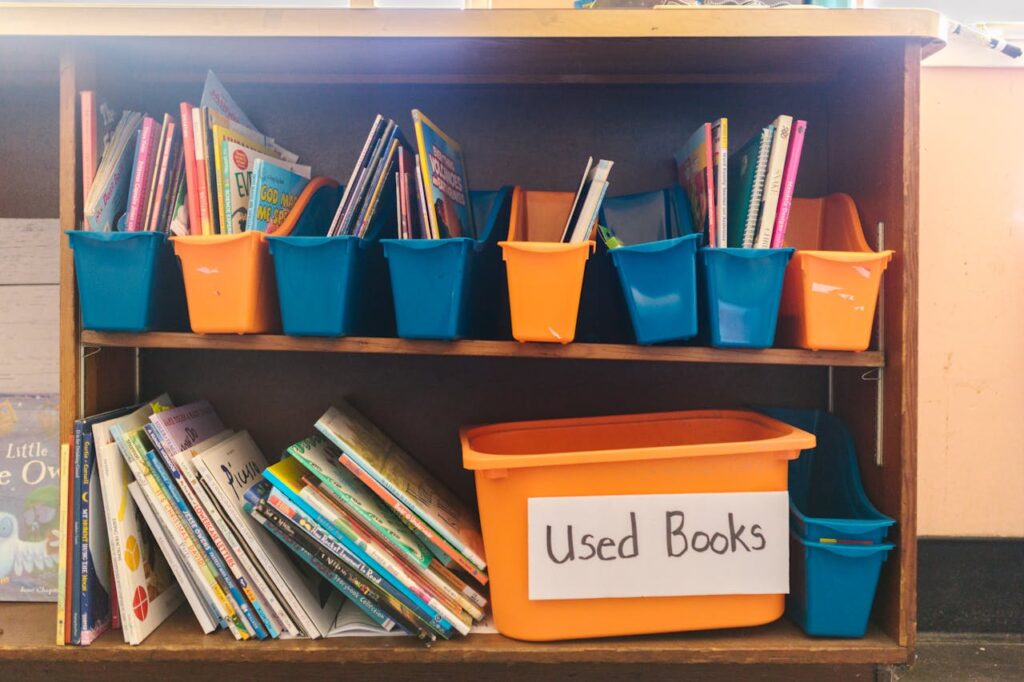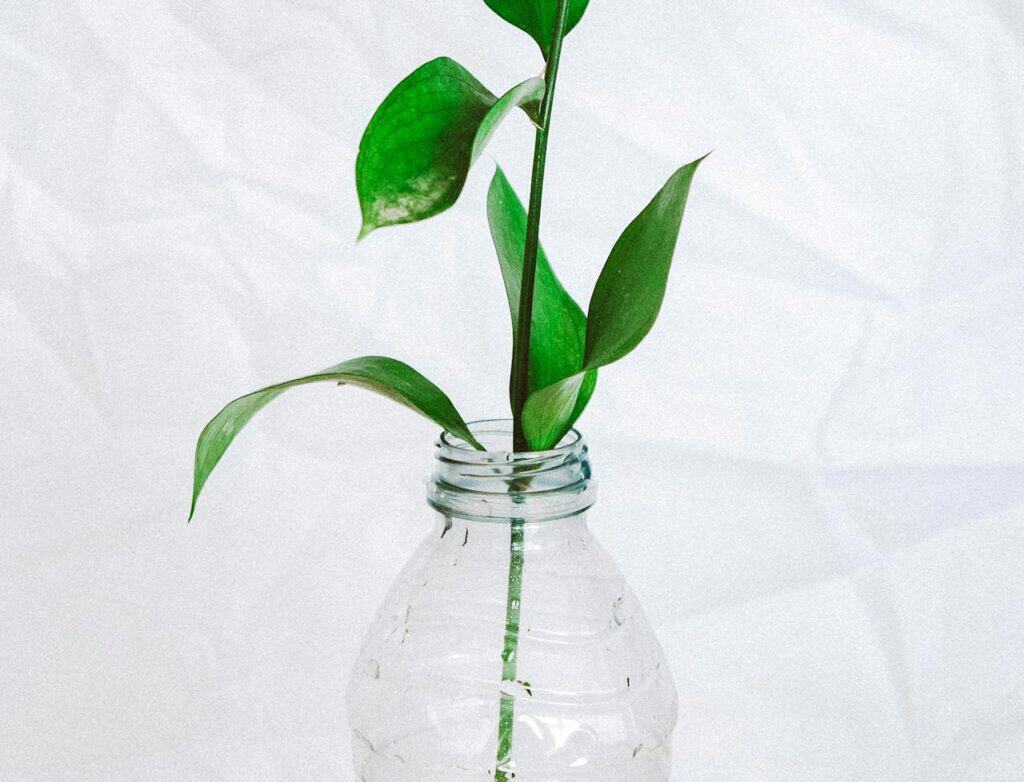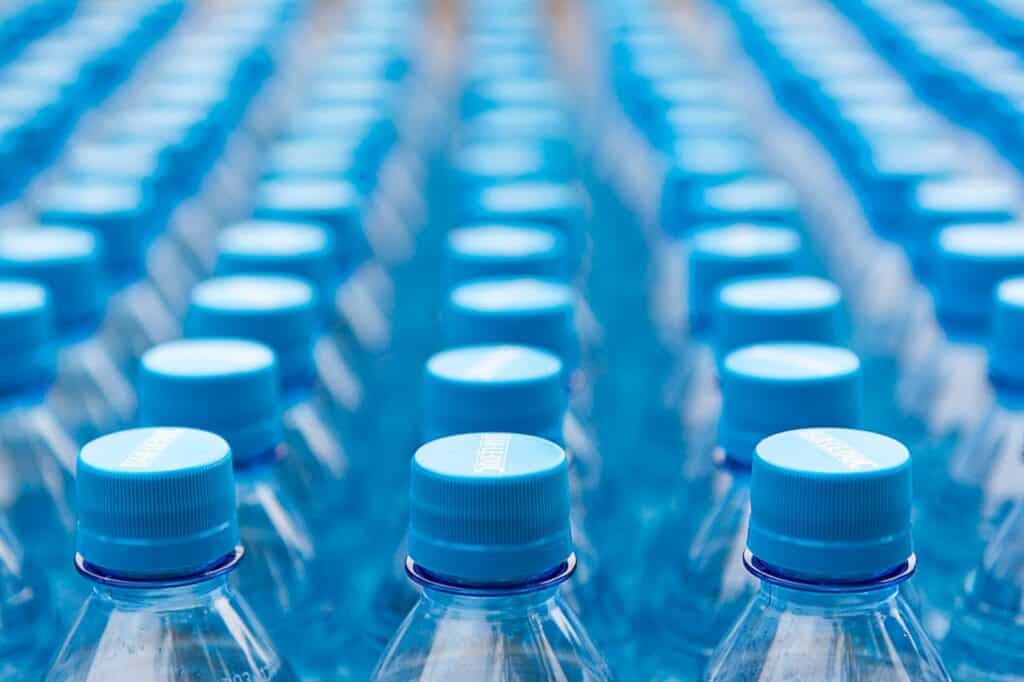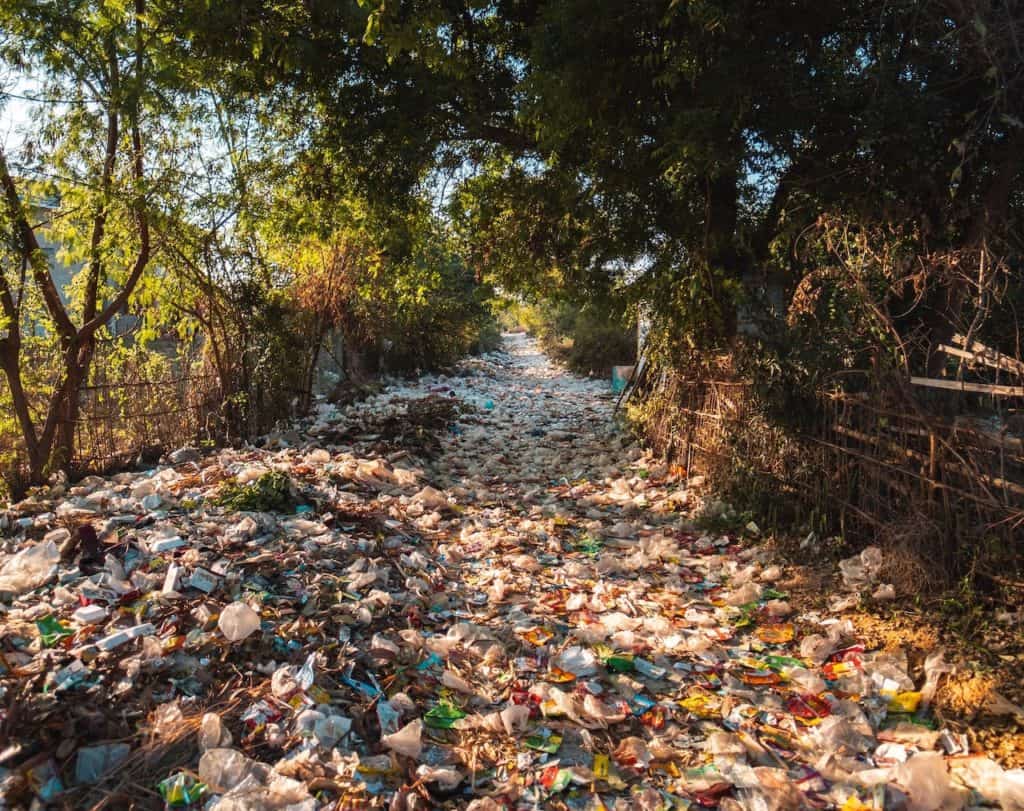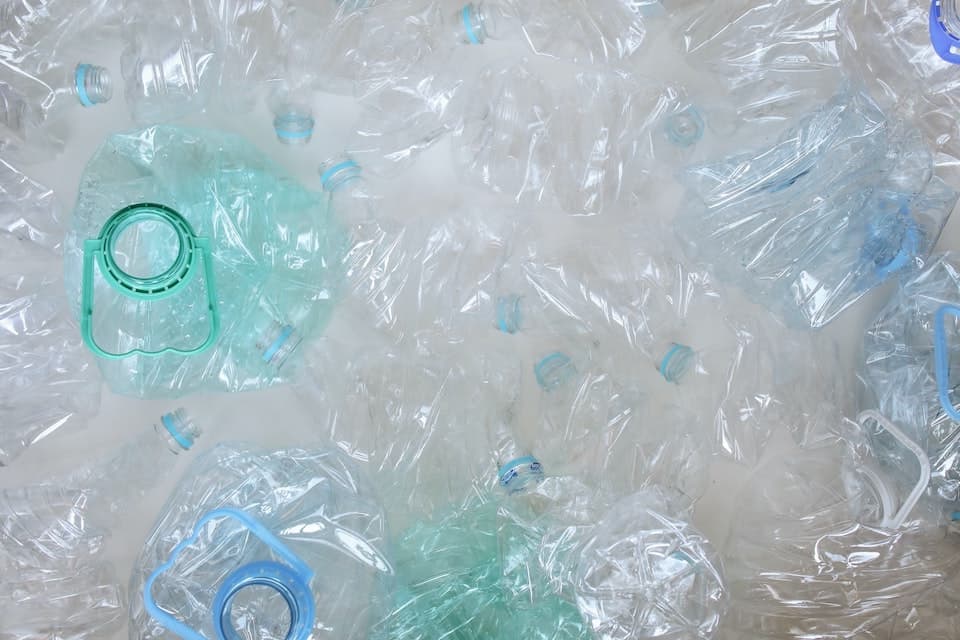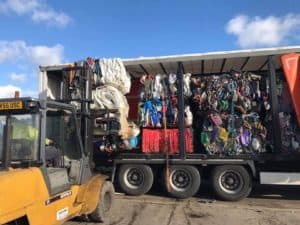If you’ve ever looked at the labels on your recyclable plastics, you’ve probably noticed that they display different numbers from 1 to 7. What you might not know, however, is what those numbers actually mean.
In this article, we have explored everything you need to know about the numbers inside the recycling logo.
Why Do Plastics Have Different Recycling Codes?
The numbers found on your recyclable plastics are resin identification codes. Their main function is to separate different types of plastics in a clear and concise manner so that workers at recycling plants know how each product should be processed.
As a consumer, those numbers confirm which plastics will be recycled and which will end up in a landfill. In turn, this can help you make smarter purchases and handle your waste in the right manner.
Resin Identification Codes Explained
The resin codes found on various recyclable plastics are as follows. These include recycling symbols which you can find on your material.
No 1: Polyethylene Terephthalate (PETE)
Polyethylene terephthalate is a widely recycled material. It is the type of plastic used for soft drink and water bottles, food containers, microwaveable food trays, and more. While it can be recycled, this type of plastic should not be reused, as the porous attributes allow harmful chemicals to enter your food and drink.
No 2: High Density Polyethylene (HDPE)
HDPE (High-Density Polyethylene) is a plastic that is most frequently found in milk cartons and cleaning product bottles. We often recycle end of life plastic pallets, utility pipes, crates, boxes, and household containers. The recycled pellet of HDPE plastic waste is in regular demand from manufacturers. This particular plastic is very easy to recycle.
No 3: Polyvinyl Chloride (PVC)
Polyvinyl chloride, more commonly referred to as PVC, is used in a range of items such as guttering, downpipe, window frames, and electrical conduit. uPVC window frames are particularly good for recycling as all aspects of the frame have a recycling option. PVC guttering and downpipe can be made from recycled PVC pulver, these particular items are in strong demand from the construction industry worldwide.
No 4: Low-Density Polyethylene (LDPE)
Low-density polyethylene is often used in carrier bags and other lightweight wraps as well as soft bottles. Shrinkwrap, agricultural plastic, and bags are often recycled by our company. We work with various sectors including retailers, manufacturers and the recycling sector. Whilst clean waste LDPE is very easy to recycle with the right equipment, contaminated LDPE can be more difficult.
No 5: Polypropylene (PP)
Polypropylene is found in food tubs, microwaveable containers, and condiment bottles. It is a heat resistant plastic that is considered a safe plastic and is accepted by most recycling schemes. Recycled PP plastic is in regular demand from manufacturers to make a variety of different items. One of the best uses of PP recycled plastic we’ve seen is to make recycling containers for households!
No 6: Polystyrene (PS)
Polystyrene, also known as styrofoam, is commonly used in disposable containers as well as some food packaging types. Expanded polystyrene is also recyclable, this is the lightweight white material you’ll often find used for packaging. However, this material can be difficult to recycle with local household collections.
No 7: Plastic Number Seven “Other”
Plastic number seven is a term used to cover all other types of plastic, now including bioplastics. Other plastic types include acrylics and plastics such as polycarbonate. Some of these are commonly recycled and others are not. If your business has any questions about recycling particular plastic items, you can contact us here.
Understanding Plastic Recycling Codes
Plastic recycling codes are formed by a triangle with three chasing arrows, containing the correct code within. By understanding what these codes mean, businesses and individuals can ensure correct segregation of waste. Segregating materials is key in reducing contamination and ensuring the recycling process is not hindered.

